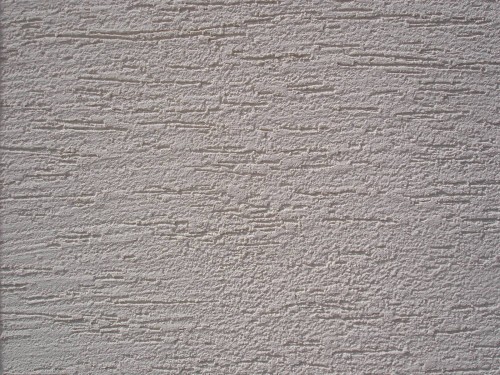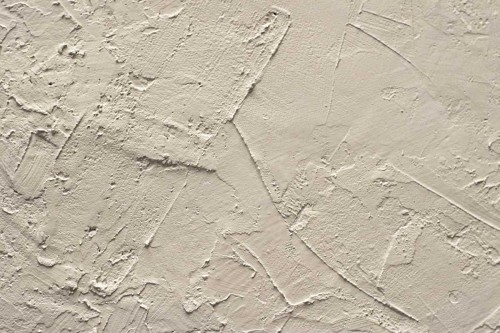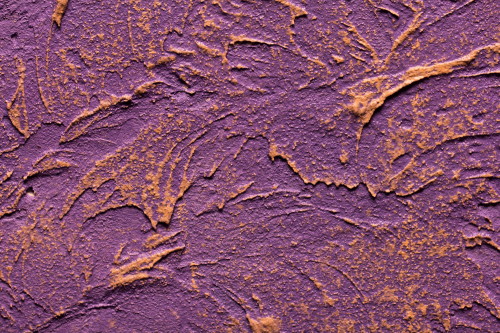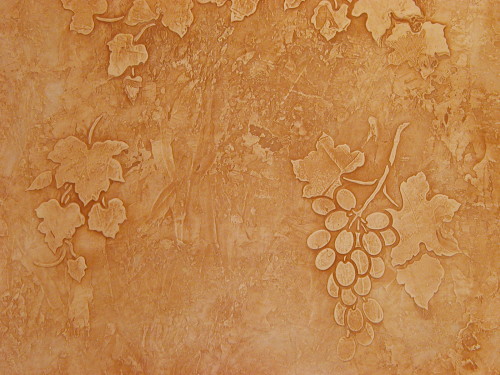
All about dry plaster Walls,Building materials
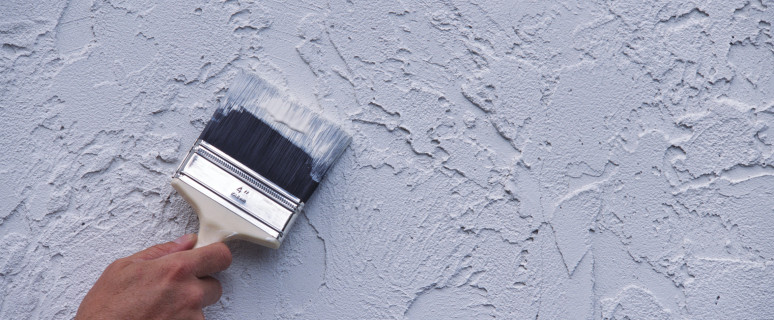
Dry stucco is becoming increasingly prevalence today. Of course, this is a well-founded process, since it is dry mixtures and materials that are used in the best way to transform home space, industrial premises, as well as other places.
Content
It is interesting that today dry plaster is called plasterboard sheets that show a lot of advantages over the use of a classic plastering mixture. There is nothing strange in this, since the construction industry is gradually developing, new solutions appear, which may have been extremely obvious and practical.
In addition, under dry plaster implies mixtures that are sold in bags in construction stores. Such materials can be stored for a very long time in appropriate conditions, and it can be used only if necessary.
There are many manufacturers who offer their dry plaster. It is worth noting that almost all on sale dry plaster has their original properties. They do not differ essential among themselves, but already in after the plaster walls they can manifest themselves.
In this article, we will consider the basic details related to the choice and use of dry plaster for repair work.
Features of dry plaster (drywall), benefits over wet
First of all, it is worth saying a few words about plasterboard. This material is considered a dry plaster that can be applied in almost any conditions. To date, it is possible to use drywall even in conditions of high humidity, where the usual material gradually lost its basic properties.
First of all, it is worth looking at the strengths of sheets of plasterboard:
- Easy process. In the case of mounting drywall sheets, you just need to place the units of the material on the surface. Thus, it is much easier than the process of applying wet plaster, which may not have the most optimal composition for the presented conditions.
- Alignment of walls. Often the process of plastering walls is conceived precisely for leveling surfaces, with which the plasterboard is coping with the best. Moreover, the sellers of this material often indicate that drywall even lines even the surface damaged or deformed from the very beginning. Moreover, these very deviations can be up to 6 cm horizontally. It is obvious that the classic plaster is not able to compete with plasterboard, if we consider the materials from this point of view.
- Continuous finish process. Unlike wet plaster, which you need to pre-prepare, as well as gradually apply onto the wall, plasterboard can be continuously mounted on the surface without the slightest limitations. This is an excellent opportunity for builders as quickly as possible to finish and be confident in a qualitative result. In addition, the process itself is quite clean.
- Space under plasterboard. Before laying drywall sheets can be placed on the surface of the wire, pipes, as well as other communications, and this will definitely improve the perception of the room. With wet stucco, such actions can not be carried out. Accordingly, communications will continue to be placed above the surfaces of the ceiling or walls.
- Thin layer. Now on sale you can easily find a variety of types of drywall, and we are not only about its basic properties, but also about dimensions. The thickness of the material unit is about 2 cm, which is much smaller than the layer of wet plaster. It should be borne in mind that all this material is distinguished by a low weight.
The most important disadvantage of this dry plaster is not the highest strength. Often, cracks appear in angular plasterboard structures, get rid of which is almost impossible. However, often similar problems arise not only because of the low strength of the material, but also due to the violation of technology by workers.
Also, do not forget that the classic plasterboard does not tolerate moisture impact, so in the bathroom and the likes of such spaces it is better to use moisture-proof material.
If we compare the dry plaster with wet, then the latter has the following advantages:
- Durable surface. Hanging wet plaster, which has already gained complete strength, is extremely difficult, and that is why this material is used for the exterior decoration of buildings. In addition, if the plaster is applied correctly, and the technology is also observed, after frozen the surface, it will be difficult to even scratch.
- Texture. Unlike drywall, which has a smooth surface, wet plaster may differ completely original texture. Often, it is precisely the question that is sharp for the owners who want to create a disabled design style of walls or ceilings. For this case in building stores you can find many auxiliary tools.
- Uniform layer. The density of the material allows the use of wet plaster even in conditions of high humidity, and that is why, as already mentioned, the material is used for the outer plaster walls.
Accordingly, attention should be paid to all the advantages and disadvantages of these plaster options to use exactly the plaster that is suitable for specific conditions.
It is also important to remember that if the walls are already smooth, then there should be no big problems when choosing plaster, and the layer of wet material should be very thin. In the case of drywall, special differences in the finish process should not be, however, there are cases when entire design multilateral designs are created on the basis of this material. With this scenario, without a full metal frame, it will not be possible to do.
The main advantages of dry plasters
Earlier, we considered the strengths of the drywall, which is a dry plaster, but separately it is necessary to analyze the overall situation associated with dry plaster. Accordingly, the benefits are as follows:
- Saving. Again, as in the case of plasterboard, most of the dry plasters will cost the owners substantially cheaper than wet material. Moreover, this also applies to famous brands of dry materials. Such savings looks extremely reasonable, especially for the owners who do not want to spend an extra penny. You cannot call the exact figures of savings, however, the benefit, compared to the wet plaster, is definitely available.
- Durability. This advantage is similar to what we have with wet plaster. Dry material is able to demonstrate high durability, but only if the material application was observed. Of course, both low-quality materials come across, however, decent manufacturers gradually displacing rogues from the market.
- Ecology. In most cases, manufacturers use only natural ingredients in dry plaster. This suggests that the applied coverage will not negatively affect the health of residents. Accordingly, plastering walls can also be in educational institutions, and even in clinics and hospitals. This is definitely good news, since it is often in the market the materials can be found, which includes many unsafe components.
- Ease of finishing process. Experts argue that even a person without experience in construction or repair can prepare and use dry plaster. Accordingly, this makes it possible to think about holding finishing works to those people who were not solved to deal with something similar due to the high complexity of repair activities. Along with this process, the owners experience will increase.
Dry Plaster Application Area
First of all, it is worth paying attention to the fact that the field of application of plaster directly depends on the existing composition. For example, if the material is designed to finish the external walls of the structure, it is impossible to use such plasters in the rooms, and vice versa. It is especially important not to use stucco for the inner walls of the house outside. The problem is often lies in the fact that the plaster for the rooms is not moisture-resistant, and after the first rain it will begin to lose its basic properties. It is impossible to admit this, since in addition to problems with the organization of the next repair, there is also a financial problem in huge monetary losses.
In addition, if we are talking about the choice of dry plaster, you should pay attention to each individual product unit. Often, this material is sold in bags where you can read a lot of useful information, up to those framework in which the dry plaster can be applied. Thus, this information must be carefully studied, since even inattention can lead to not the most pleasant consequences. Also, together with the material, a detailed instruction is included, and some useful data can be found on the official website of the material manufacturer (individual manufacturers create entire documentation for the use of their materials). More about it - further in the material.
Recommendations manufacturers
Most often in the documentation that is supplied by manufacturers is the following important information:
- A set of material strength. The specific situation that occurs in the case of the use of plaster concerns the period during which the material gains strength. In some conditions, this is an important aspect from which the overall situation may depend on (for example, in the industry, where in a particular room it is necessary to carry out the production process directly, the terms of repair work are of colossal importance). Accordingly, the manufacturers of plaster recommend pre-processing surface to reduce the strength set time. There are many other important requirements and aspects of this issue.
- Accelerated drying of the material. Frequently, after applying the owners of the hosts, they decide to speed up the process of setting the strength of the material using a construction dryer. It is worth paying attention to the fact that in some cases it leads to cracking material. Accordingly, there is often an excess of water in the plaster, and the material manufacturers are reminded of the instructions.
- The thickness of the mixture. This is an extremely important question, since the quality of repair work depends on it. Often, manufacturers indicate in instructions or documentation information associated with a layer thickness of the mixture. Accordingly, we know exactly how to use the material to not encounter problems. If there are some deviations, then problems with the plaster can already be "hanging" on the material producer.
Dry stucco and decor
Many owners make a choice in favor of plaster precisely thanks to the possibility of decorating the premises. Accordingly, it is precisely dry plaster for these needs, since it is best suited for most designer solutions or compositions.
- Most often in such cases, plaster under the name "Coroed" is used. In most cases, such material is used to finish external walls. The appearance of such plaster is very pleasant, and this style is suitable for most buildings or premises. The texture of the "Coroed" itself exists in several variations, but they do not have any particular differences. It is inexpensive, but practical and externally attractive design style.
- Recently, especially in repairs or construction transmissions, it is possible to see without exaggeration of the work of art created on the basis of plaster. It is about applying images directly to the trimmed surface. Experts note that for such a case it is necessary to have plaster, which is still fresh and not completely frozen. In such conditions, you can arm yourself with a brush and apply various paint drawings. On the Internet you can find hundreds of photos dedicated to this issue. For artists, the plastered surface is a kind of blade, which looks extremely attractive. You can use different types of paints, numerous material application techniques. Despite such opportunities, only units can afford something similar. Create a drawing on a huge wall is an expensive pleasure. In addition, it is far from the fact that the final result will be attractive, or at least tolerable. Therefore, it is necessary to carefully analyze the situation and make some conclusions. If the room is too big, then such a small repair may be too expensive and simply unjustified in terms of finance.
- Equipment and devices. To date, experts in repair business use various tools for creating a plaster. The essence of this idea is that still fresh (as in the case of drawings) plaster is the best option for changing the relief. Most often in such cases, small cutting tools are used (manual), with which some thickness of the material is cut off and some texture is created. Again, on the Internet you can find hundreds of compositions created in this way, and in many cases it turns out a relief that is capable of creating really talented people with phenomenal skill. This, as in the past case, is too expensive. However, there are also primitive tools that can enjoy people without experience, however, the relief is quite simple and monotonous. In any case, this is the cheapest option that most owners satisfies. Separately, I would like to note that there are also special installations intended for creating relief on plaster. Unfortunately, it will be extremely difficult to find such a technique, as it can afford only large repair or construction companies can afford.





